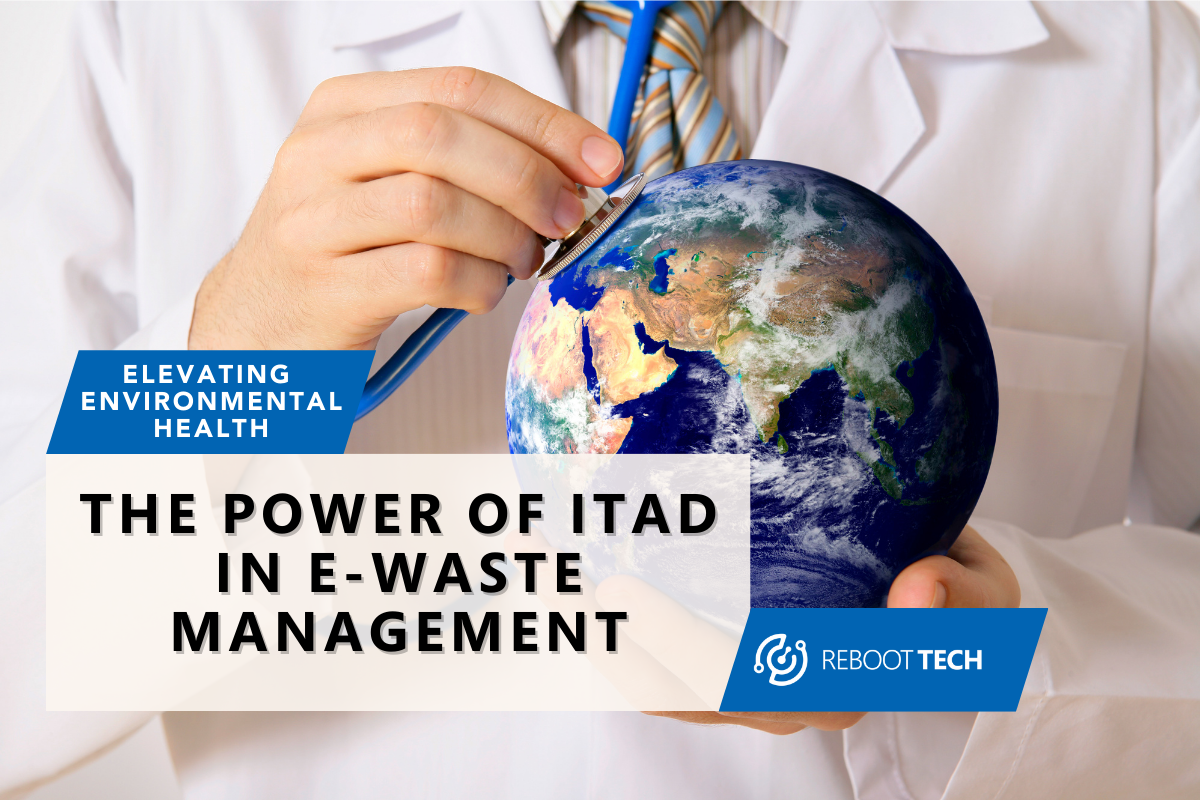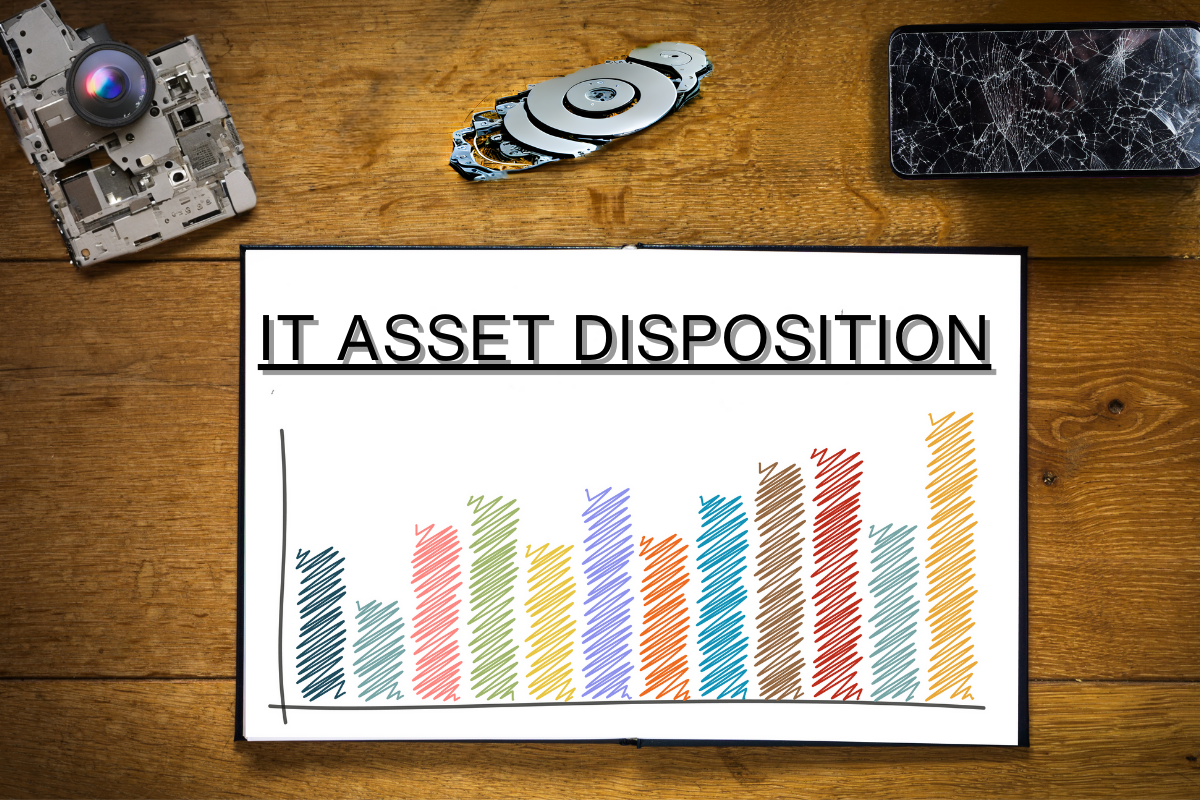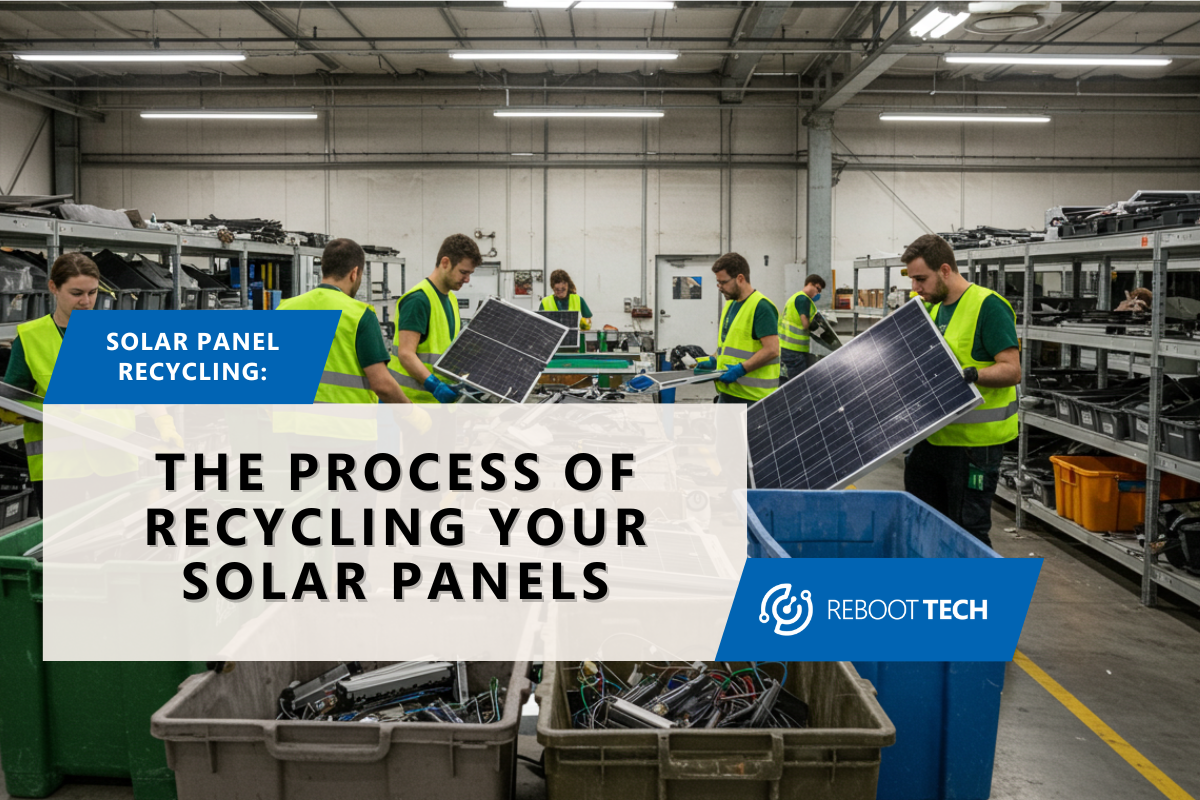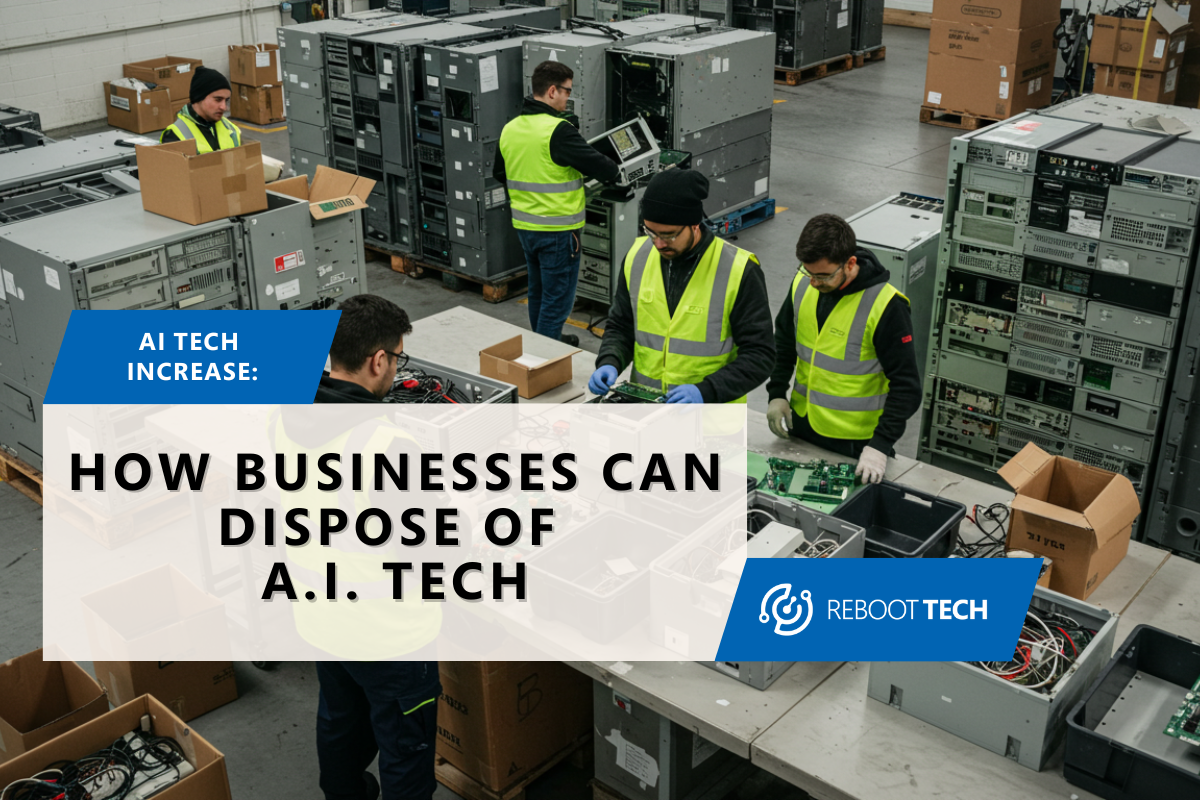
Elevating Environmental Health: The Power of ITAD in E-Waste Management
Did you know that April 7th marks World Health Day? It’s an occasion to shed light on global health concerns and initiatives. This year, as we celebrate the 76th anniversary of the World Health Organization (WHO), it’s important to reflect on the significance of maintaining good health, both individually and globally.
Over the years, WHO has focused on critical health issues, including mental health, and public health policies. Established in 1948, WHO aims to promote health equity worldwide and ensure everyone has access to quality healthcare.
Many ways to promote healthy well-being are to exercise, eat healthy, meditate, etc. However, one thing people may gloss over when thinking about their health is how it can be indirectly affected. The state of our environment will have indirect consequences on us. Thus, our environment is crucial in keeping us healthy, and we need to maintain it.
One way to do this is to lower our e-waste, as it can cause major damage to our environment and direct harm to human health. Some of the e-waste problems can cause organ damage, neurological issues, or birth defects. We’ll go into the many ways we can protect ourselves from e-waste, but the first thought that will come into most people’s heads is to simply recycle your electronics.
While that is helpful, we must make sure to do it properly with certified recyclers. But e-waste is largely accumulated from big industries that don’t know what to do with their e-waste since technology evolves so quickly. The best way to combat this is through a sustainable ITAD system. In this blog, we’ll go over the importance of good health, sustainable ITAD for businesses of any size, and how to dispose of your e-waste to protect our health.

The Impact of E-Waste on Health
We’ll get into how to dispose of your electronics and implement ITAD into your business soon, but to properly understand its importance, we need to know why e-waste is so harmful. E-waste has harmful stuff like lead, mercury, and cadmium, which can seriously hurt people’s health. Breathing in these bad things can cause lung issues, brain problems, and even cancer.

Breathing in these bad things can cause lung issues, brain problems, and even cancer. When electronic devices containing these toxic materials are not disposed of properly, they can release harmful chemicals into the air, soil, and water.
This pollution can contaminate food and water sources, leading to further health risks for humans. Additionally, improper handling of e-waste can result in direct exposure to harmful substances for waste workers and nearby communities, increasing the likelihood of health problems. If e-waste isn’t thrown away properly, it pollutes the environment and worsens our health.
The Importance of Understanding Good Health
Maintaining good physical and mental health is crucial for overall well-being. Engaging in regular physical activity, adopting healthy eating habits, and promoting health awareness in schools and workplaces are essential steps toward achieving optimal health.
This can be simple things like eating too much red meat, not getting enough sunlight or exercise, or neglecting our mental health. It can seem like a minor deal amid things, but this is what leads us to have critically bad health conditions that pile up. This is the same type of mindset that can lead to an unhealthy environment.
Saying that we need to be healthy is an extremely obvious statement, that most people won’t even think twice about. The thing is that even though it is obvious, we may have a harder time implementing ways to be healthy or understand the actual consequences of our unhealthy actions.


Some people may think it’s not a big deal to throw a water bottle or two in the trash instead of recycling it. People may think it’s okay to keep your old, non-functioning laptop in your closet for 10 years. After all, you’re just one person doing it, and the consequence isn’t immediate, right?
Well, imagine you toss your old phone in the trash after getting a new one because it’s the more convenient thing to do. You might think it’s not a big deal, but then imagine a few hundred million other people having that same mindset. This may seem like an unrealistic thing, but that’s exactly what’s happening. All the electronics that end up in landfills are because hundreds of millions or even more people have that mindset.
This is even worse if you’re a business leader, big or small. You cannot be in charge of, for example, a school and holding onto old fax machines, printers, or computers. It may seem like a hassle to throw away, but it’s easier than it sounds when you’re working with a certified recycling company that has sustainable ITAD systems.
The Role of ITAD in E-Waste Management
Here’s where IT Asset Disposition (ITAD) plays a critical role. ITAD involves the proper disposal and recycling of end-of-life IT equipment. By implementing sustainable ITAD practices, businesses can mitigate the health risks associated with e-waste. Certified ITAD providers ensure that electronic devices are recycled responsibly, preventing harmful substances from leaching into the environment and endangering public health.
Here’s a shocking fact: In 2022 in the U.S. alone, 2.8 billion tonnes of metal were mined according to the United States Geological Survey. This number could be significantly lower if we simply had proper electronics recycling instead of letting them pile up or end up in landfills. Minerals are mined more because manufacturers don’t have the materials to make new laptops, TVs, etc. The thing is that we can use our old electronic materials to produce new ones instead of having to mine for more.
Having ITAD for your business would keep our environment safe, clean, and sustainable. The certified recycling company would have years of experience and will handle any hassles for you, so you don’t have to worry.

The Indirect Health Benefits of ITAD
Sustainable ITAD practices indirectly contribute to better health outcomes. By reducing electronic waste and promoting recycling, ITAD helps conserve natural resources and minimize environmental pollution. A cleaner environment translates to improved air and water quality, benefiting both human health and ecosystems.

ITAD also has many other benefits attached to it such as extra data security, proper disposal of raw materials, asset disposal, and proper management systems, which can all lead to long-term cost savings. Having all these benefits while you’re helping the environment can also increase your mental health, knowing that you are helping the health of others while keeping your business in top shape!
In conclusion, the observance of World Health Day serves as a reminder of the interconnectedness between individual well-being and environmental health. By prioritizing sustainable ITAD practices and responsible e-waste management, we can safeguard our health and create a healthier planet for future generations.
What to do Going Forward
On World Health Day, let’s recognize the importance of maintaining good health and embracing sustainable practices. Don’t let it just be another day that we see on social media, and scroll past. These “holidays” exist as friend reminders to do better and learn more.
Keeping our environment healthy is just as important as exercising, eating well, and keeping our mental health in good shape. Everyone needs to do their part, whether you’re a corporate business, a small business, or an individual. Together, we can have a cleaner future.





